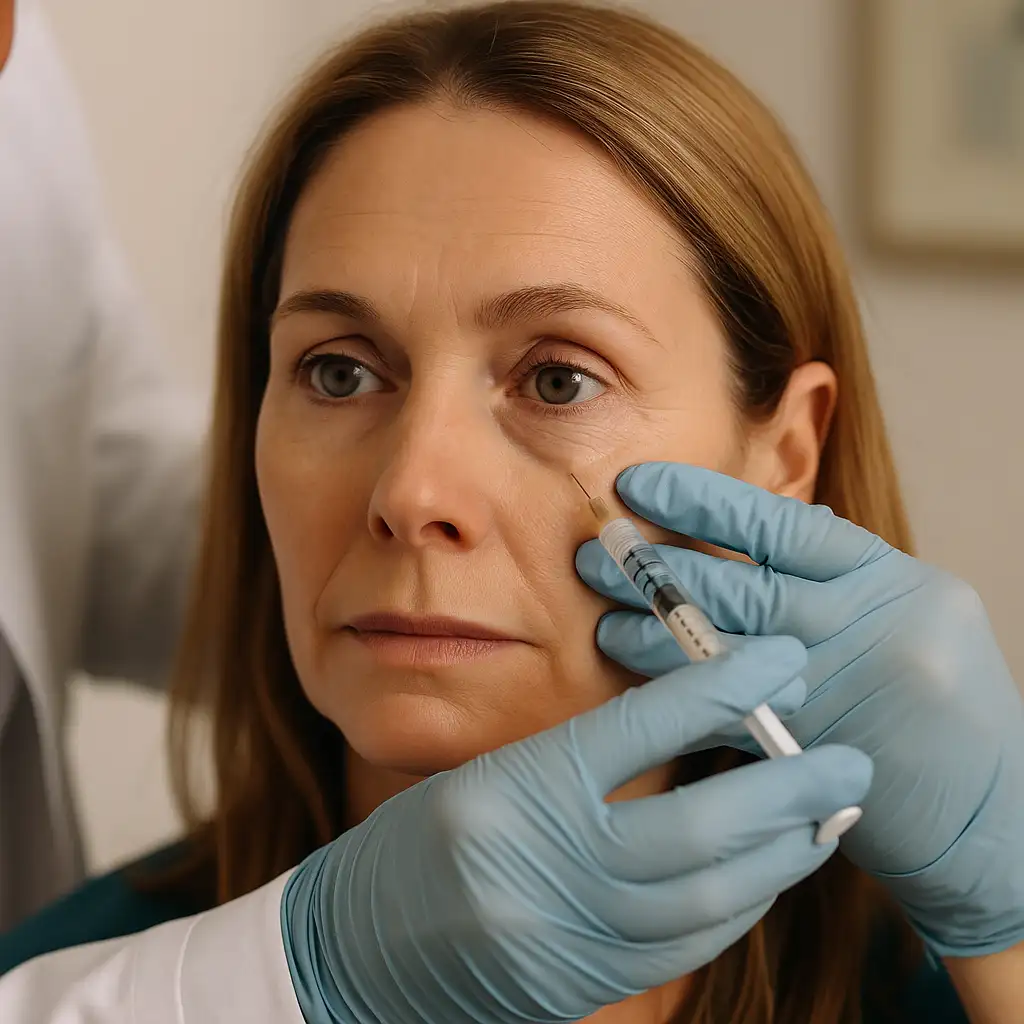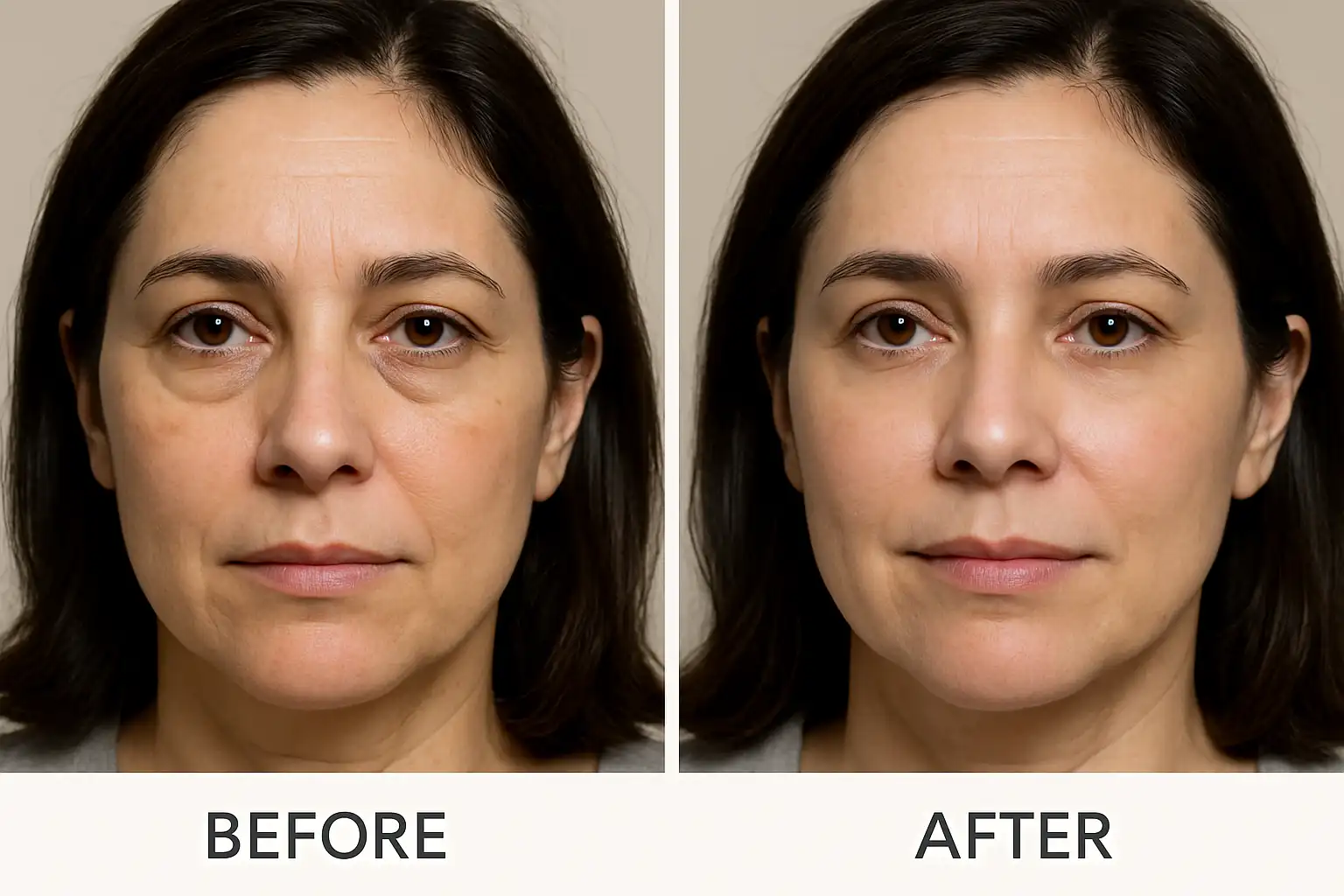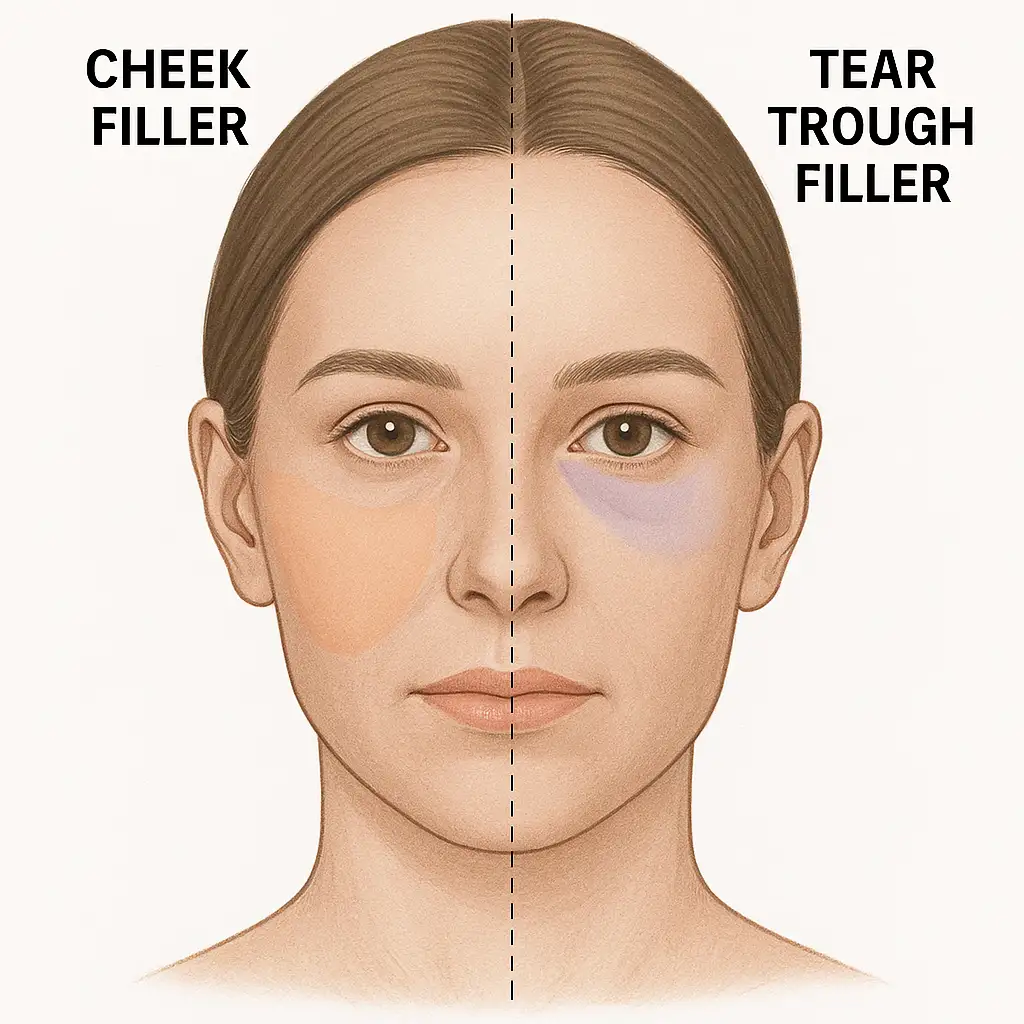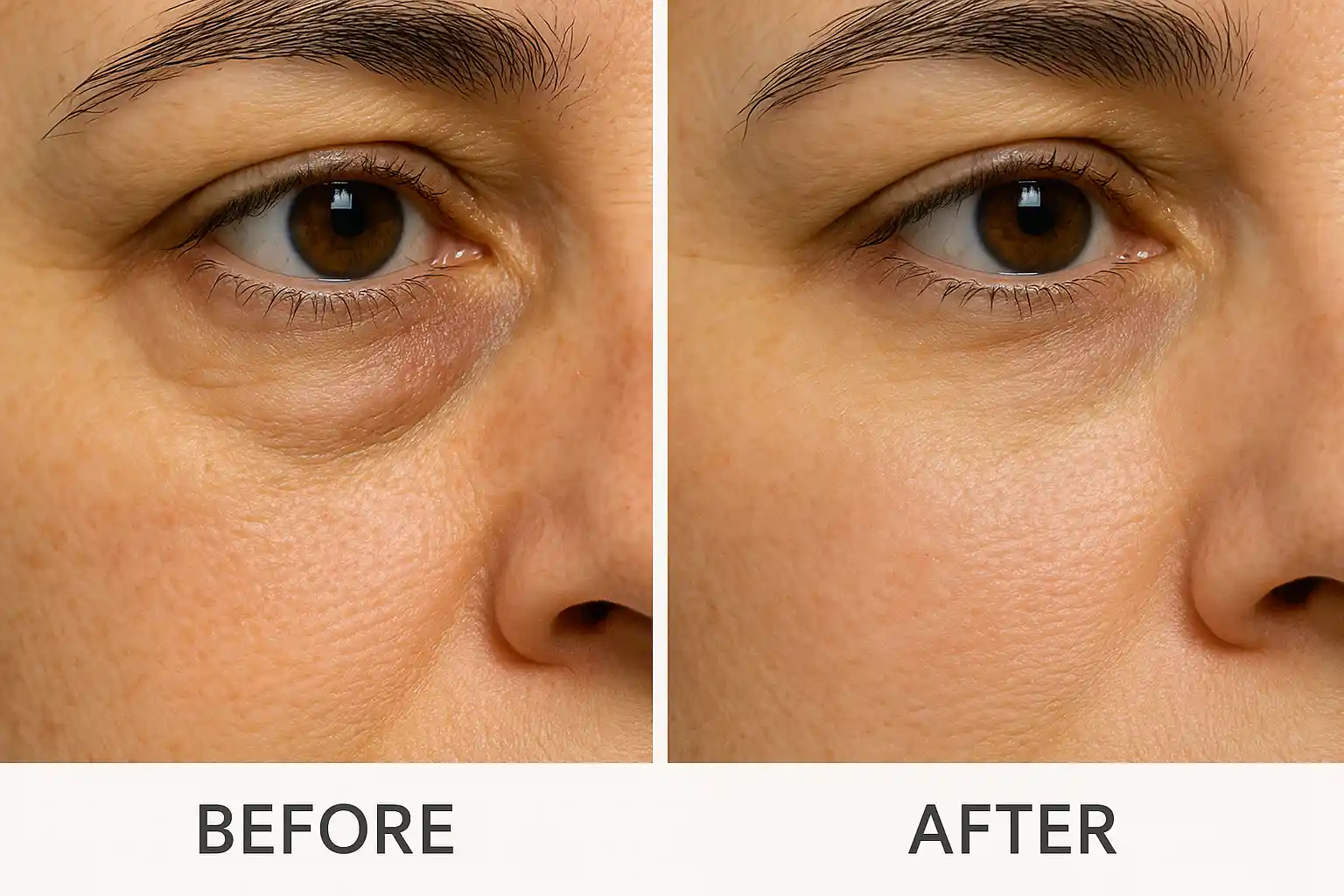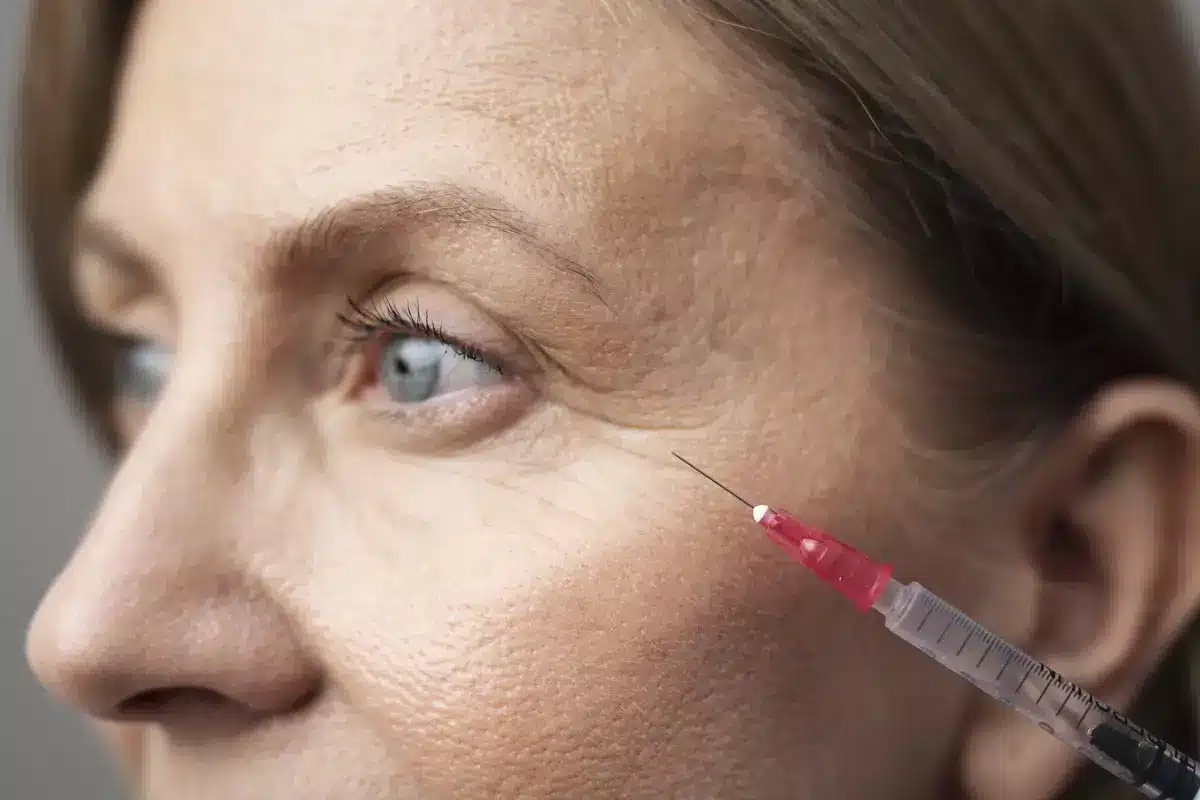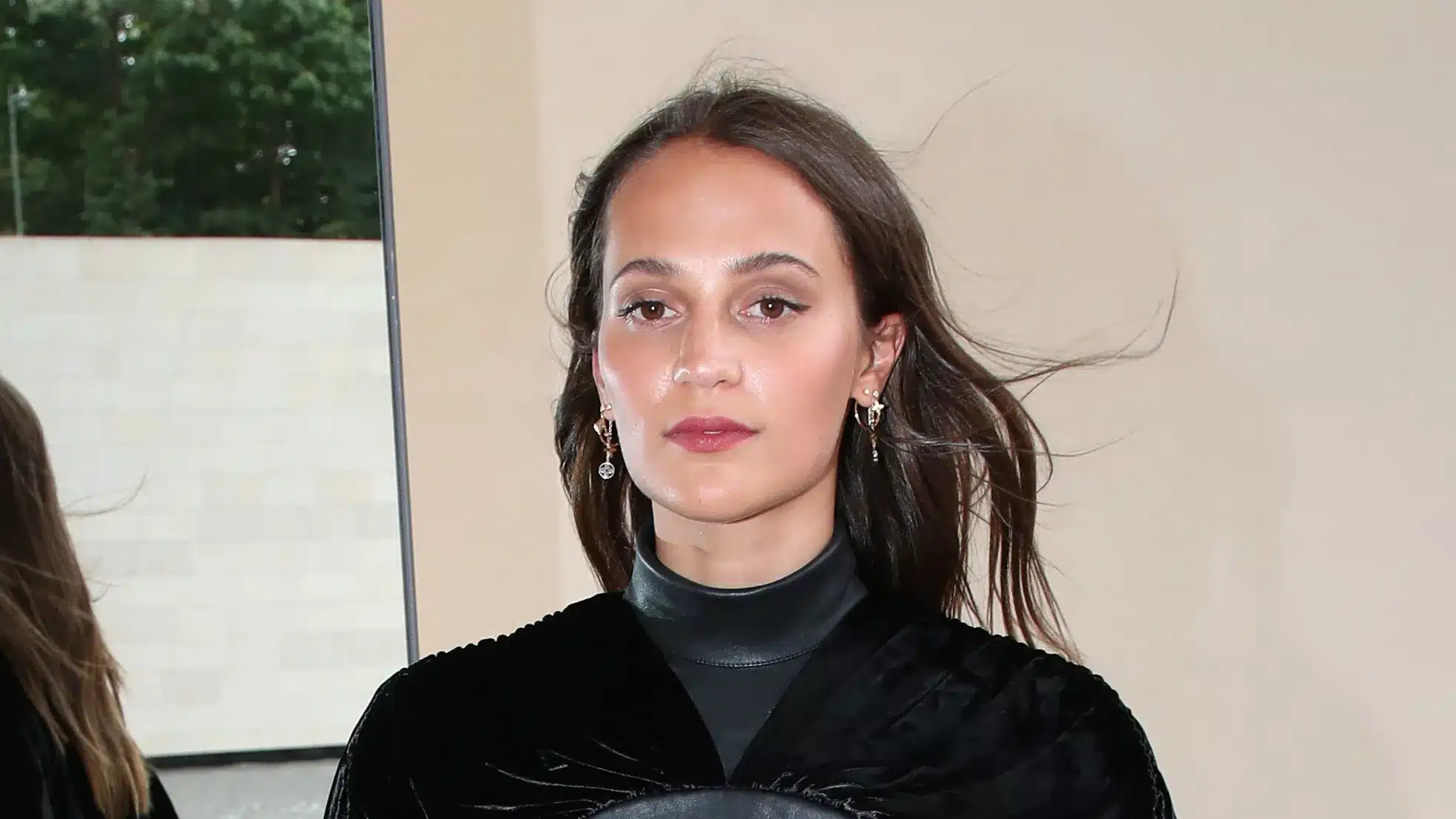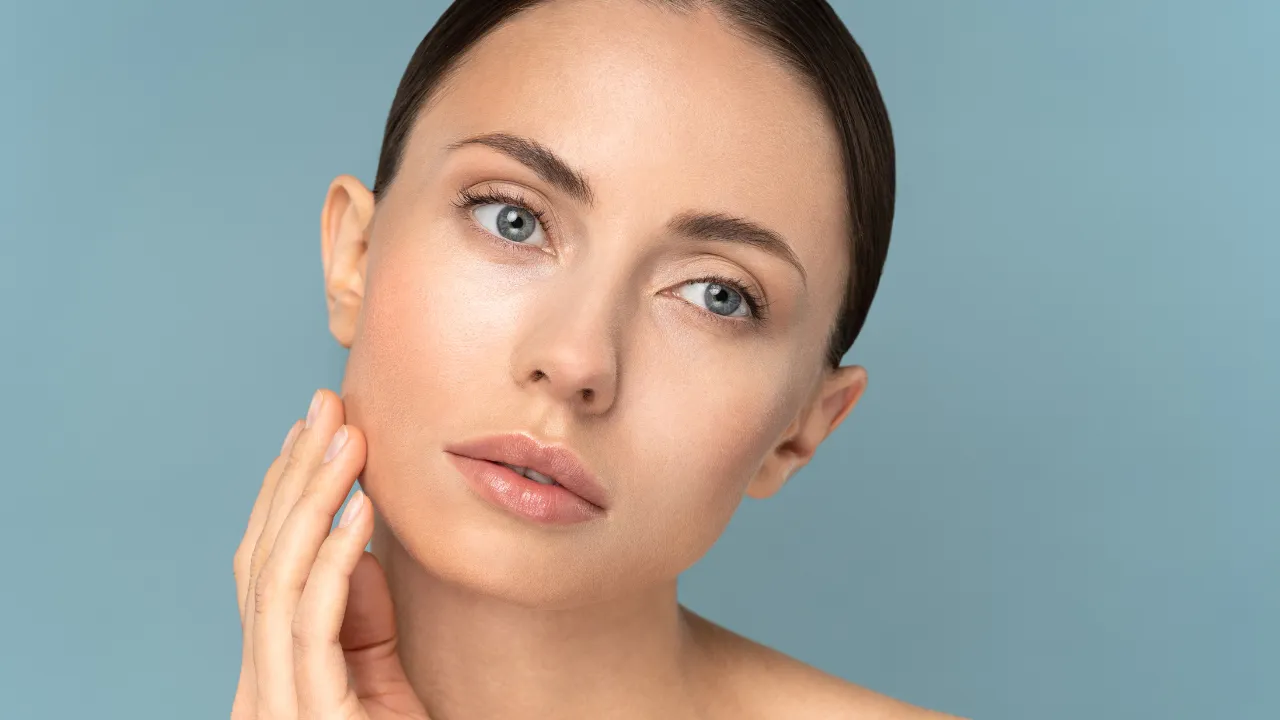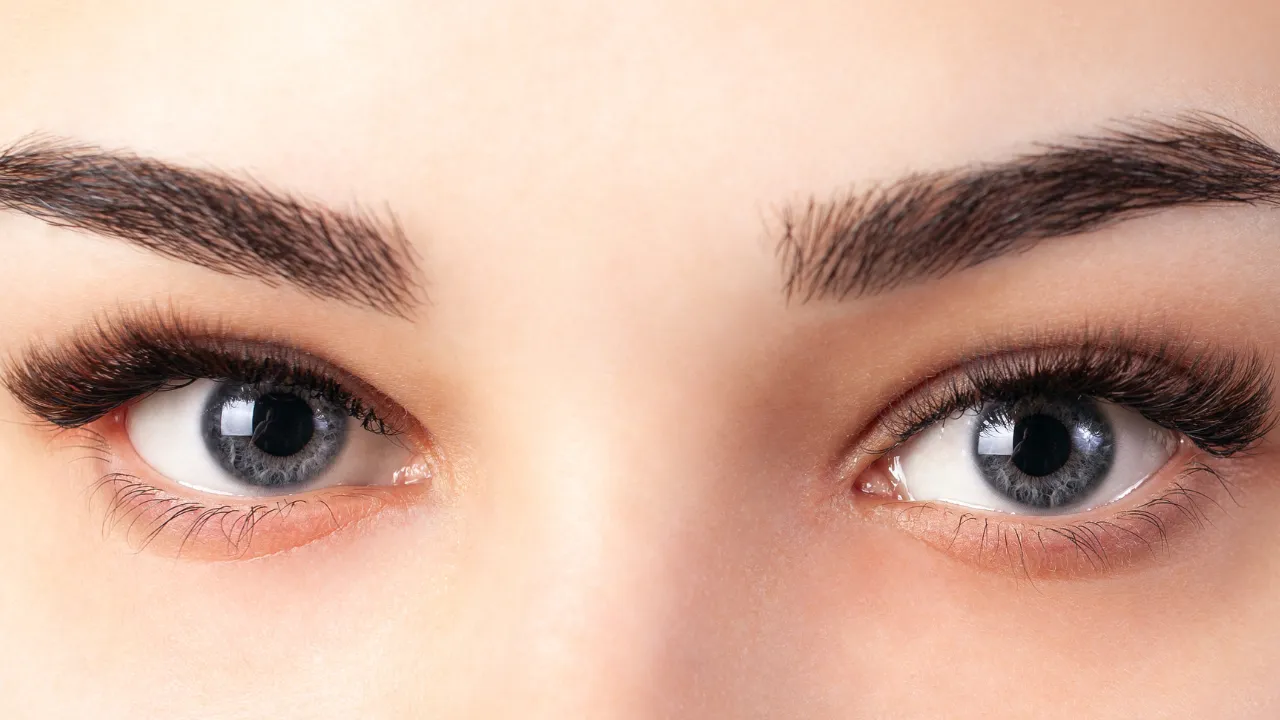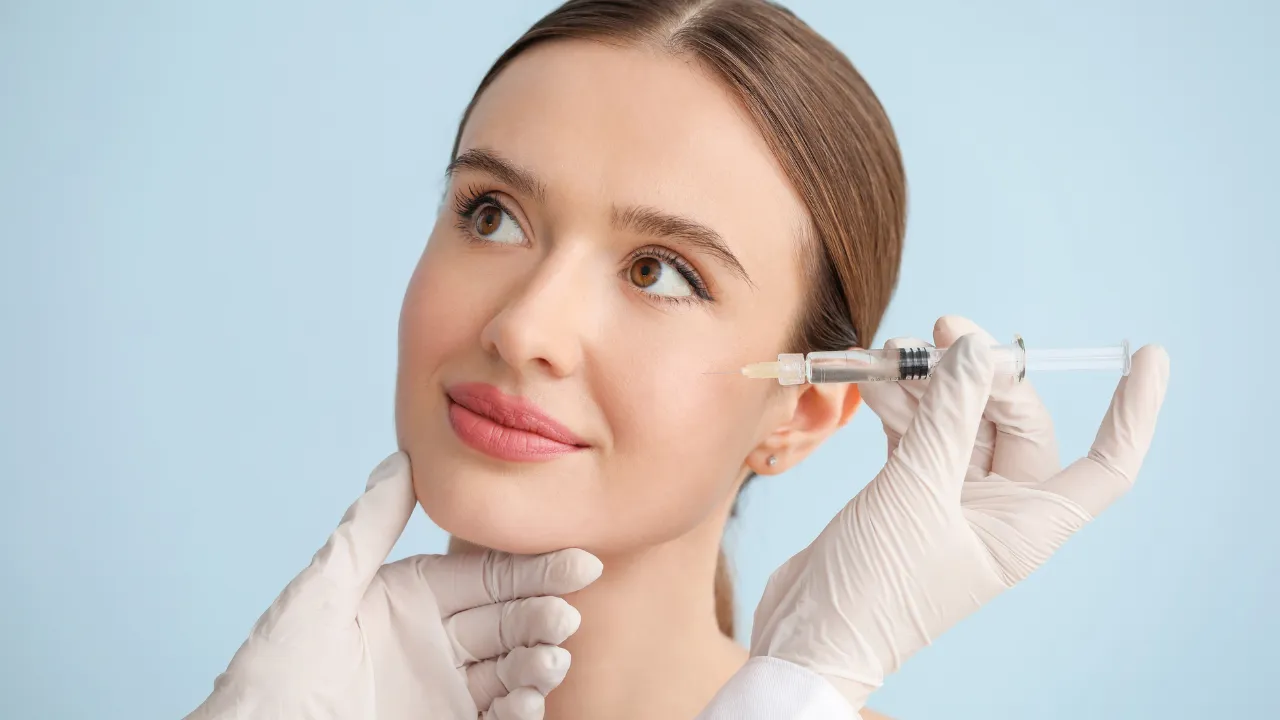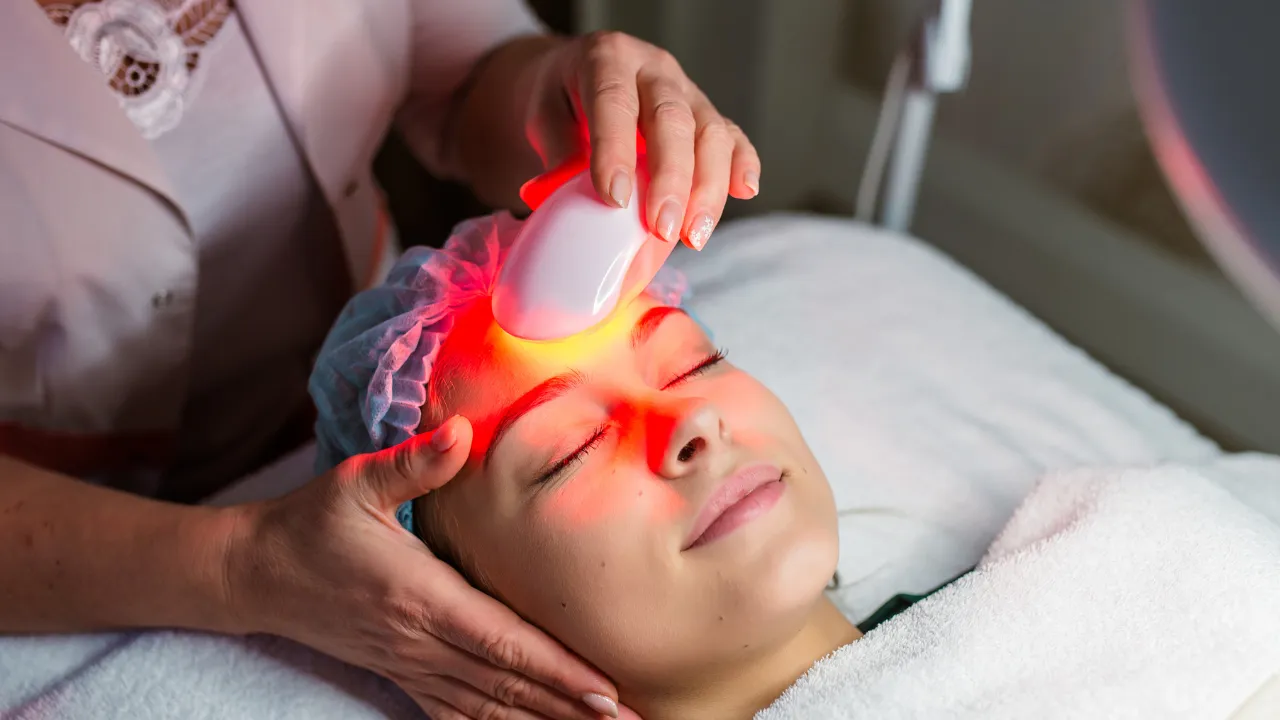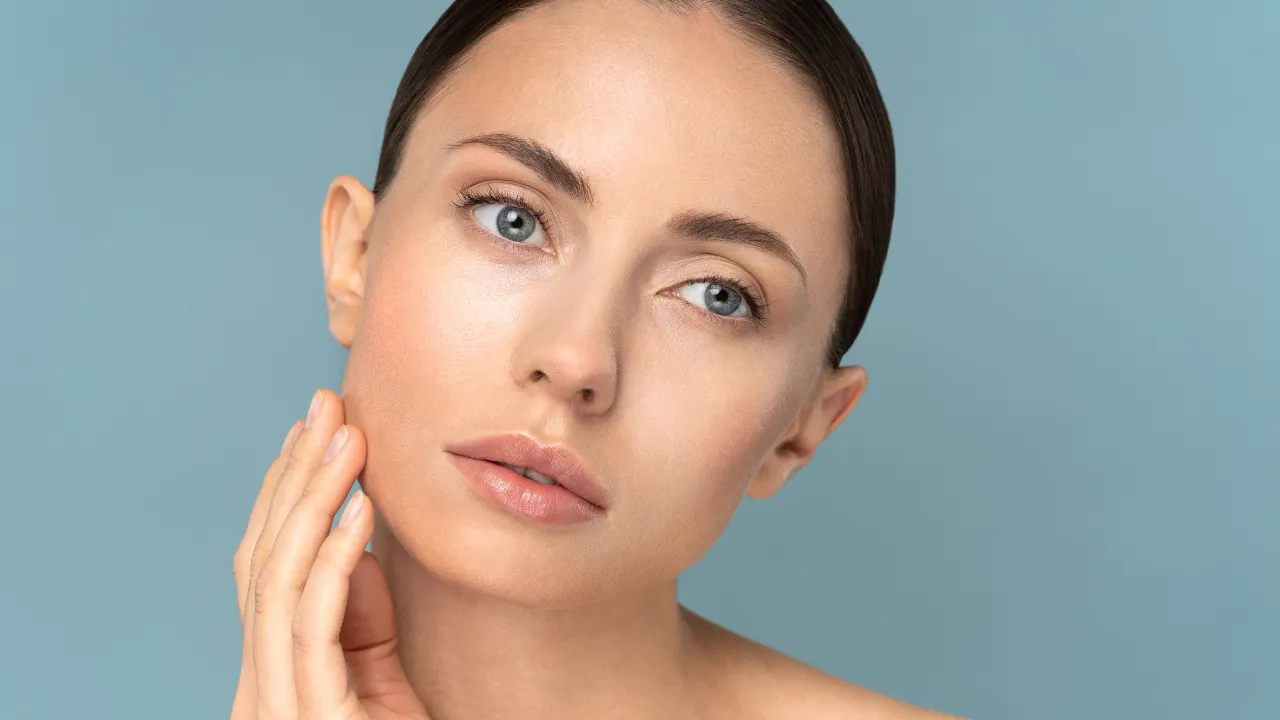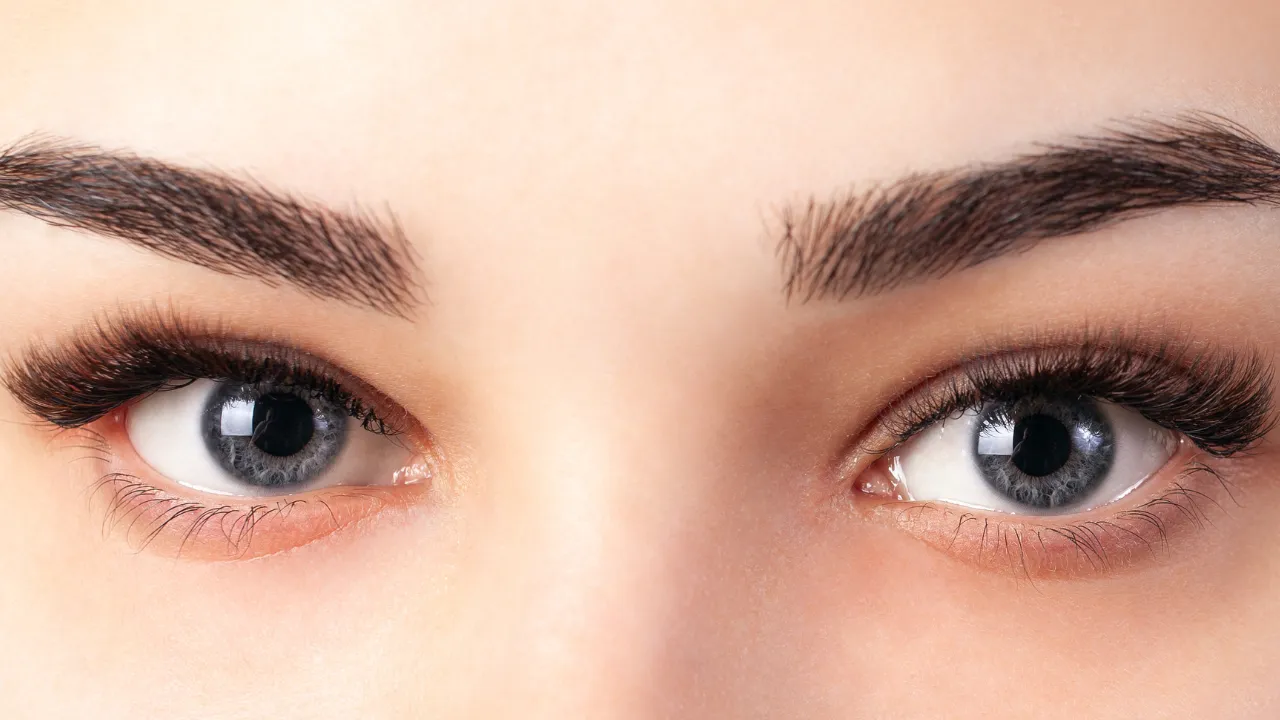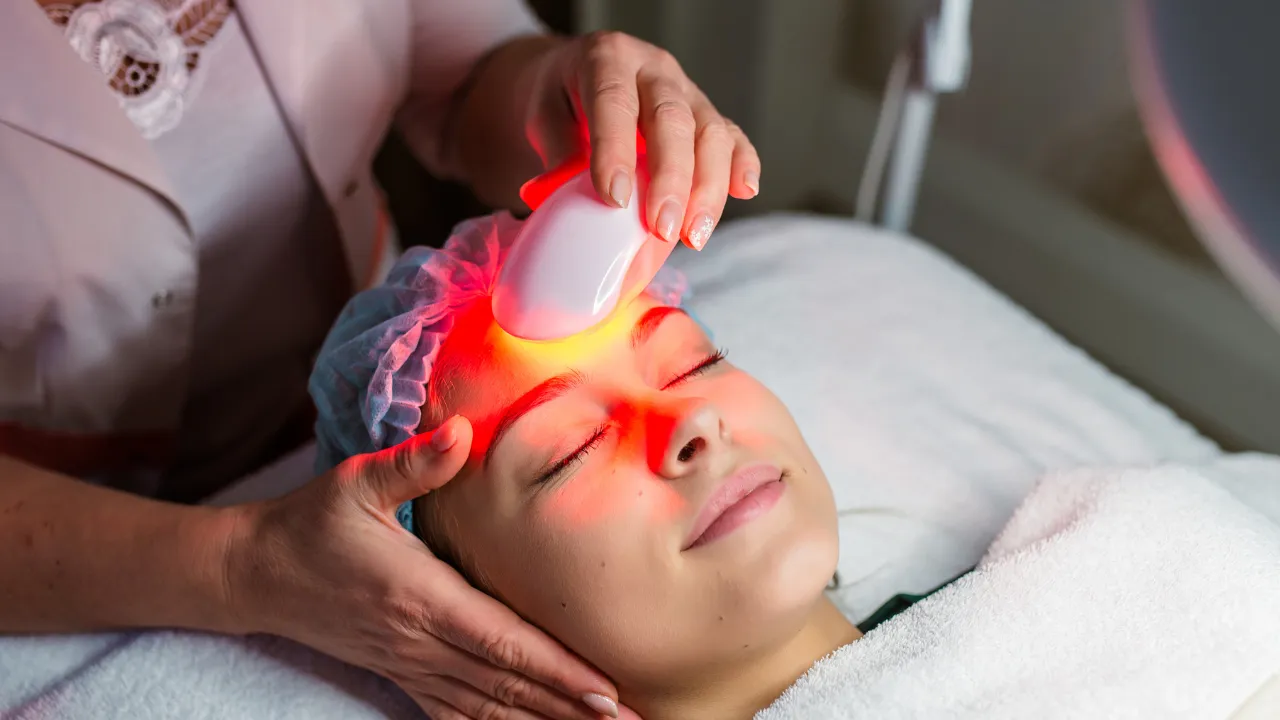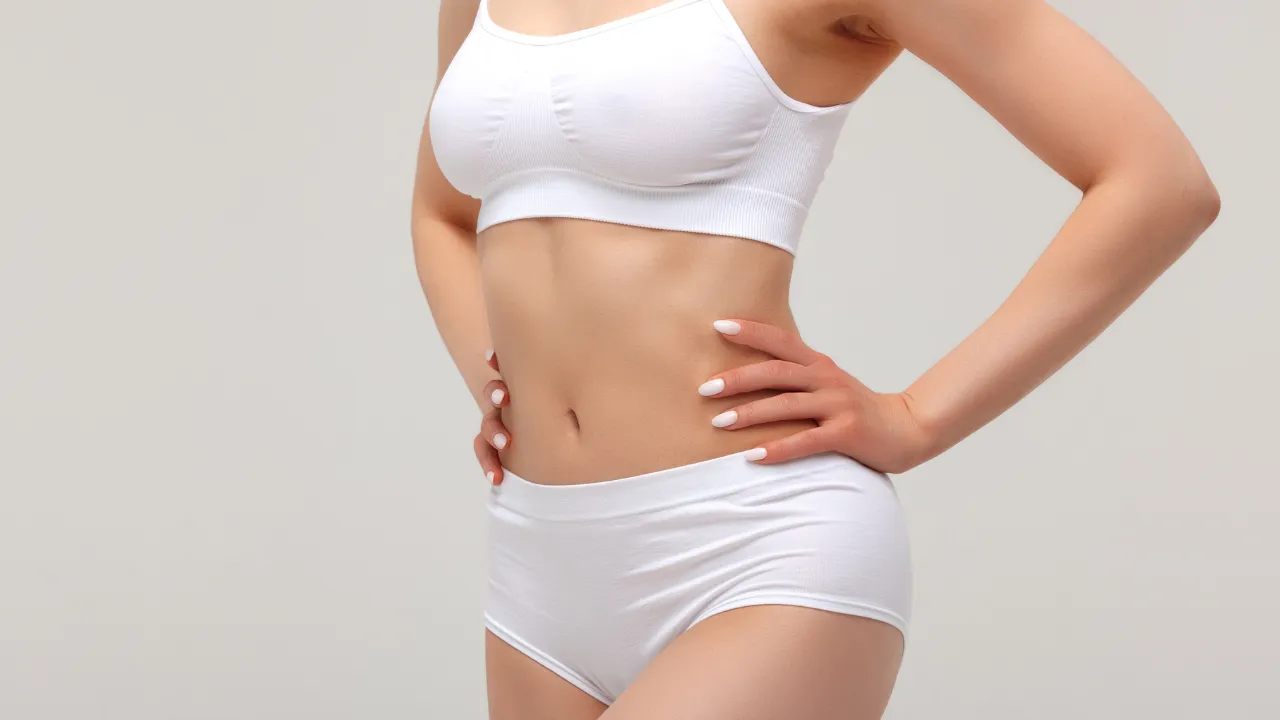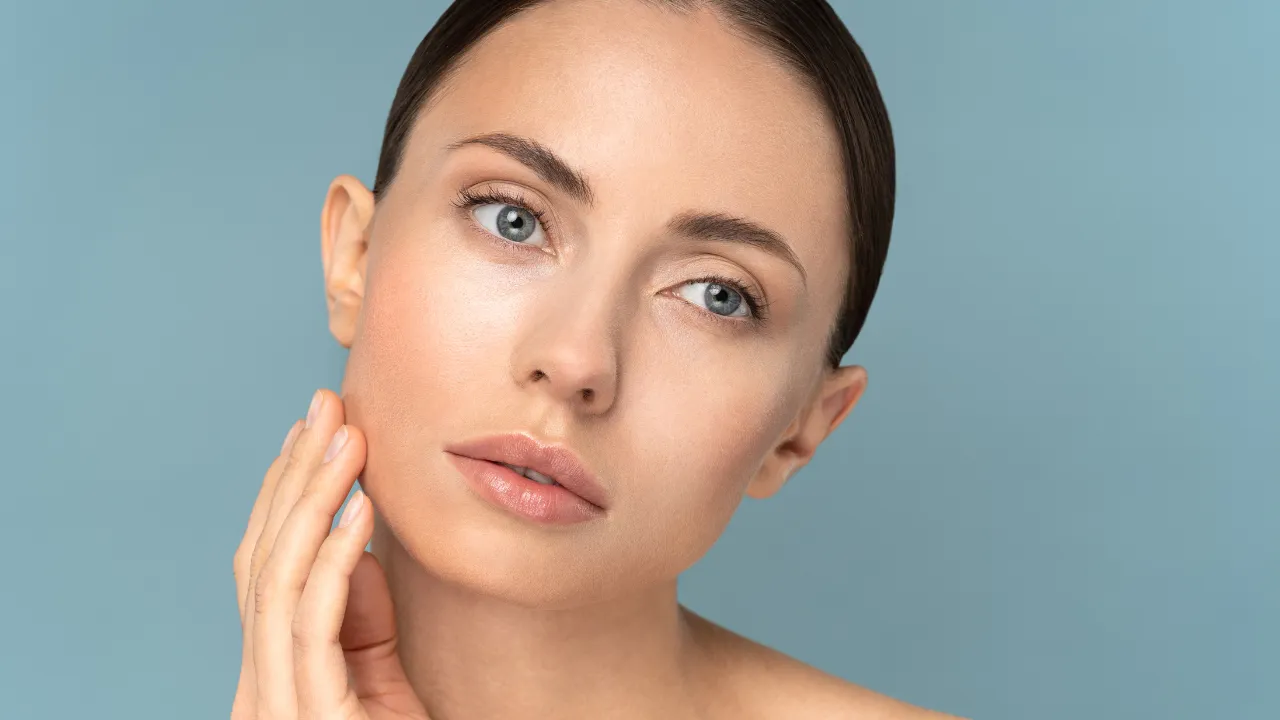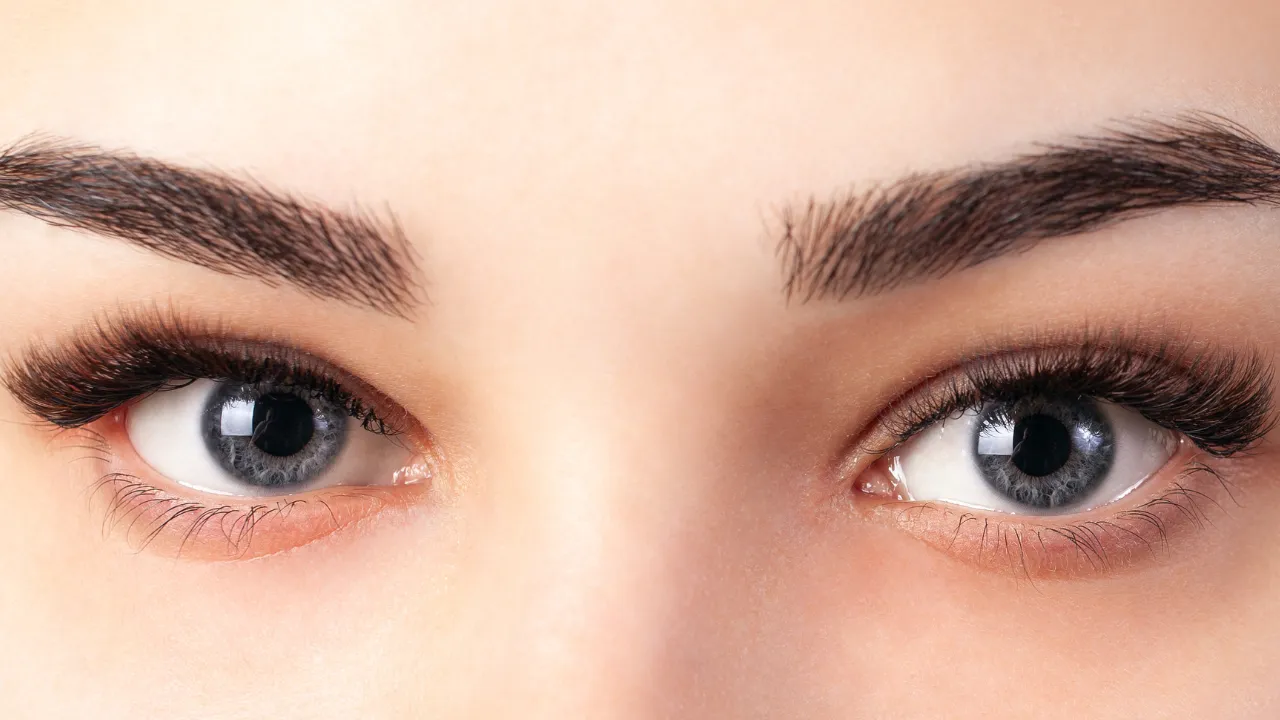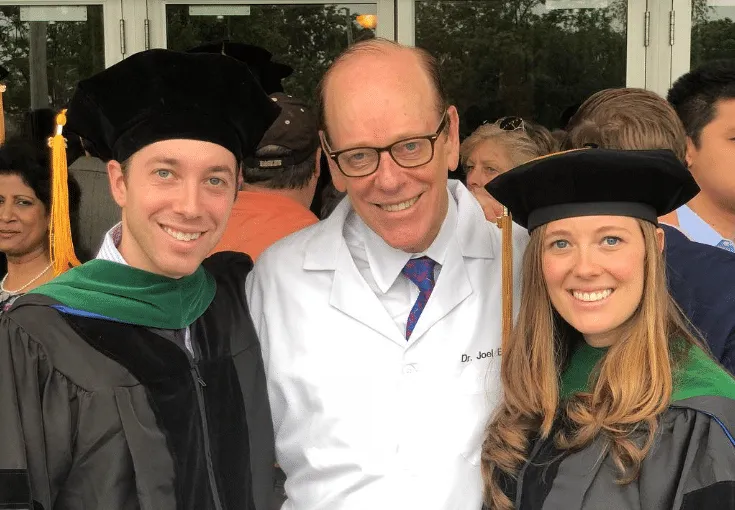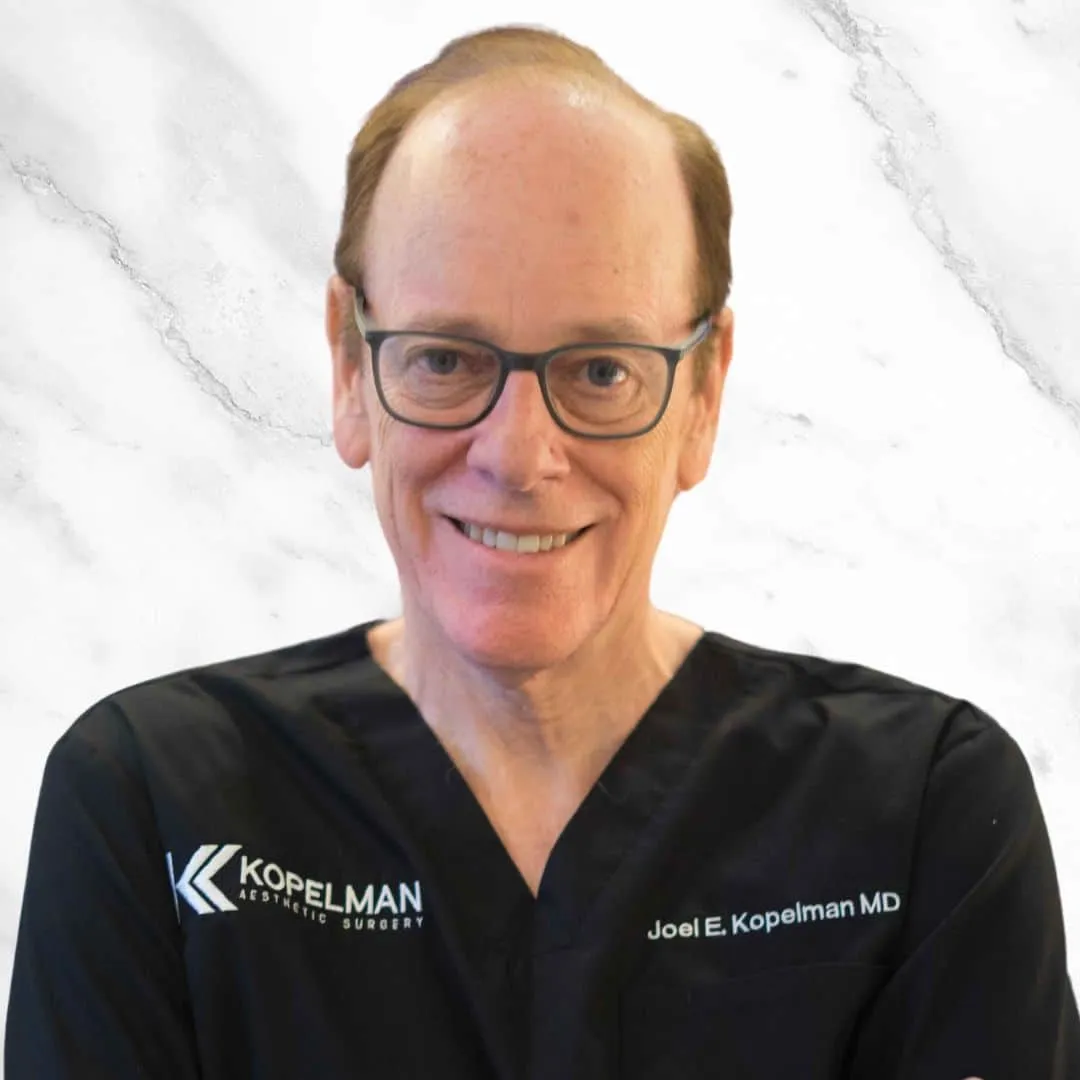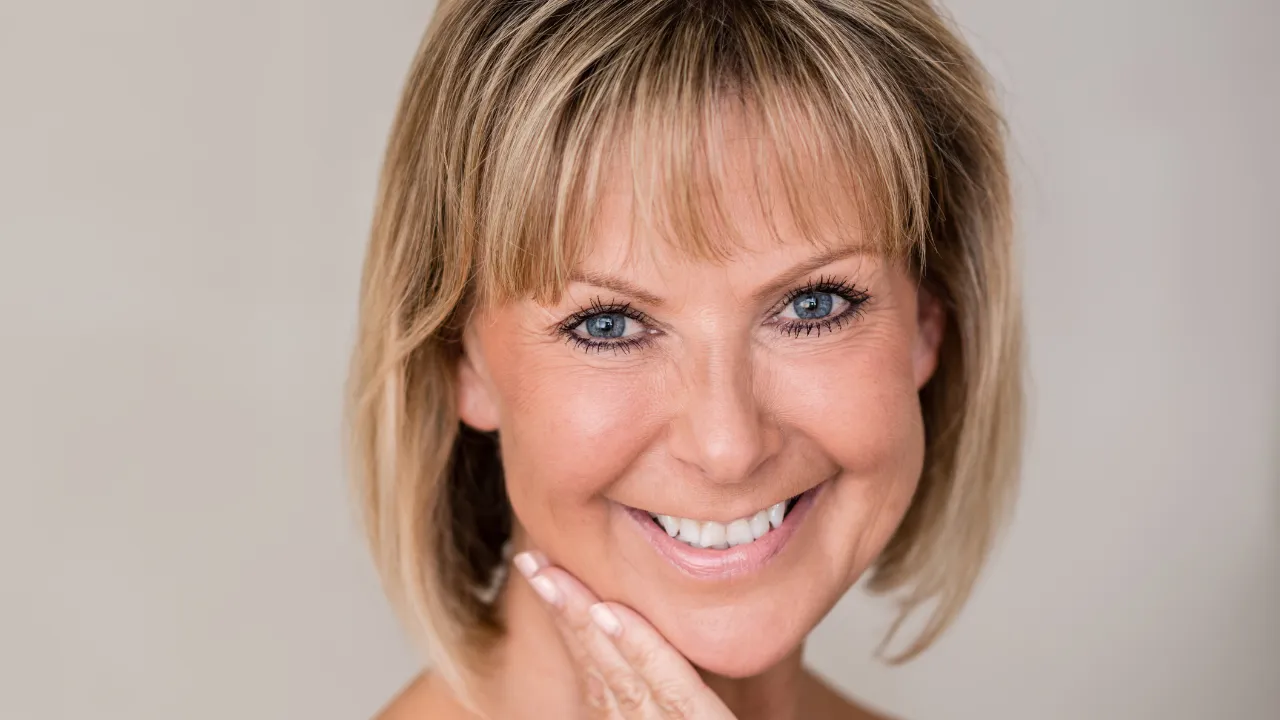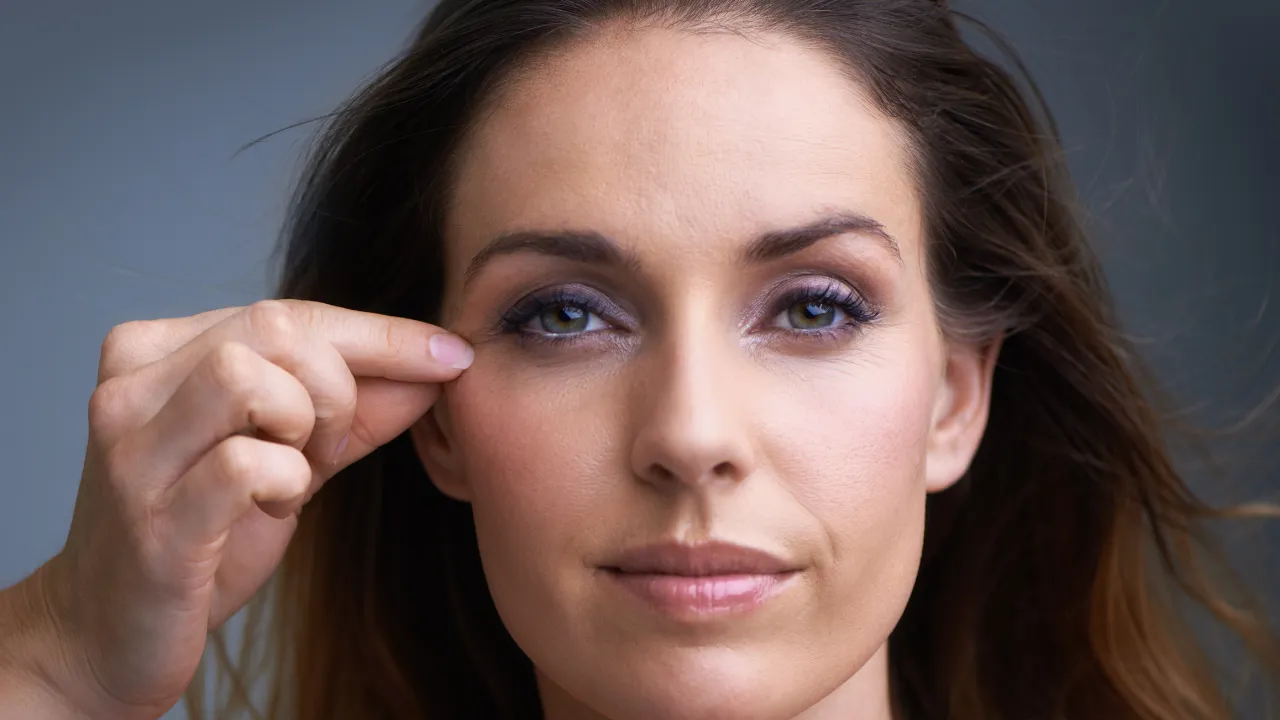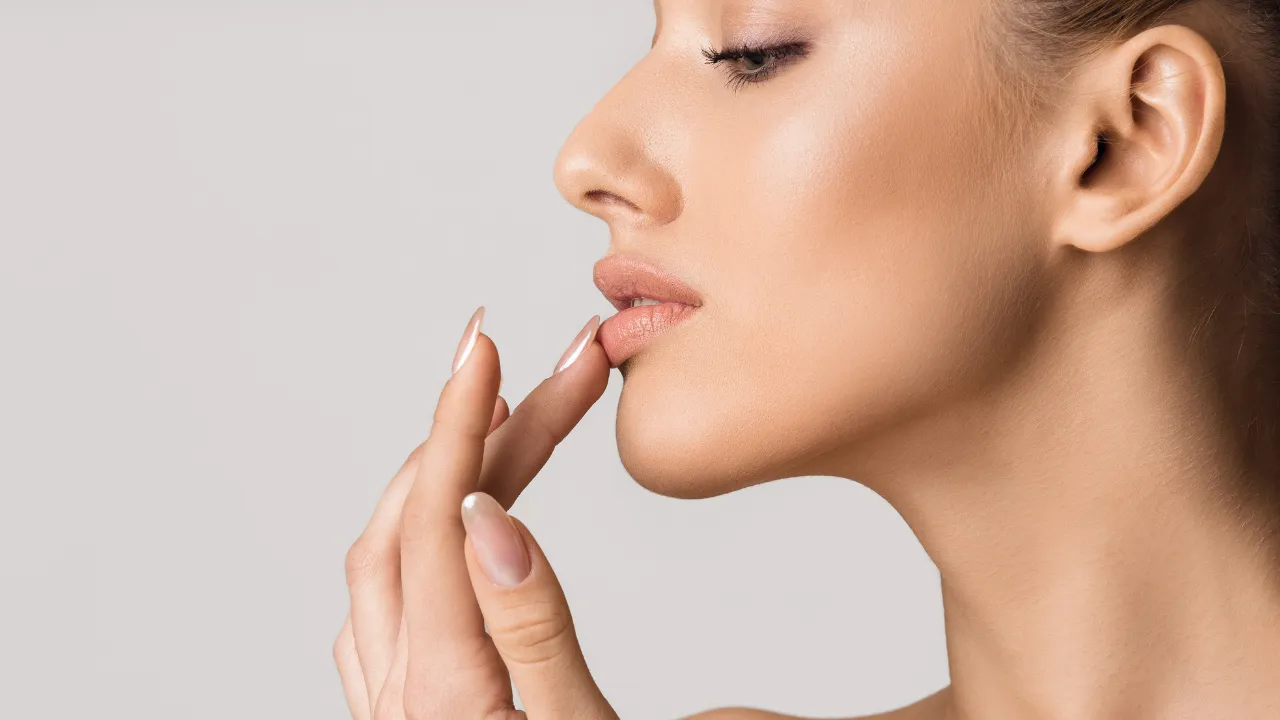Many patients visit Kopelman Aesthetic Surgery looking for safe, effective ways to reduce under-eye bags without surgery.
Dr. Joel Kopelman, a leading expert in facial plastic surgery, often uses cheek fillers to help eye bags by restoring lost volume and supporting the lower eyelid area.
These treatments offer natural-looking results and can be customized to fit your aesthetic goals.
Table of Contents
ToggleKey Takeaways
- Cheek fillers reduce under-eye bags by restoring midface volume and smoothing contours.
- They are most effective for mild to moderate bags caused by volume loss, not fat bulges.
- Combining cheek and tear trough fillers can improve both depth and surface hollowness.
- Precise placement is essential—poor technique can worsen puffiness or create unevenness.
- Dr. Joel Kopelman tailors each treatment to your facial anatomy and aesthetic goals.
How Cheek Fillers Help With Eye Bags
Can Cheek Fillers Help Under Eye Bags?
Yes, cheek fillers can help under-eye bags in many cases. They work by adding volume to the midface, which helps lift the under-eye area. This reduces shadowing and softens the appearance of puffiness.
Dr. Kopelman uses injectable fillers to address mild to moderate volume loss. These fillers support the tear trough area and improve under-eye contours without requiring surgical procedures.
For the right candidate, this can be a non-invasive way to achieve smoother, younger-looking skin.
How Volume Loss Affects the Under-Eye Area
With age, the midface loses fat and collagen. This creates a hollowed look under the eyes and exaggerates puffiness. When the cheek area sinks, the under-eye bags become more noticeable.
Cheek fillers restore structure by adding volume in targeted zones. This helps reduce eye hollowness and creates a smoother transition from the lower eyelid to the cheek.
Can Cheek Filler Make Under Eye Bags Worse?
If performed incorrectly, cheek filler can worsen the appearance of under-eye bags. Overfilling or poor placement may create unnatural bulges or cast shadows that exaggerate puffiness.
That’s why understanding facial anatomy and choosing an experienced provider like Dr. Kopelman is critical. With proper technique, fillers blend naturally and support the delicate under-eye area.
Cheek Fillers to Help Eye Bags Before and After
Patients often see immediate improvement after cheek filler treatment. Before treatment, under-eye bags may appear prominent due to volume loss or sagging.
After treatment, the added volume and smooth transition reduce the appearance of shadows and puffiness.
Photos taken before and after the procedure typically show improved symmetry, reduced hollowness, and a more refreshed facial appearance. For a focused breakdown of techniques, results, and candidacy, read Cheek Fillers for Eye Bags: What to Know.
When Fillers Work-and When They Don’t
Do Fillers Help All Types of Eye Bags?
No. Fillers are most effective for under-eye bags caused by volume loss and mild fat protrusion. They are less effective for severe puffiness due to large fat pads or significant skin laxity.
In those cases, surgical procedures such as lower blepharoplasty may offer better, long-lasting results.
Who’s a Good Candidate for Cheek Filler?
Ideal candidates include patients with:
- Mild to moderate under-eye bags
- Noticeable hollowness between the cheek and lower eyelid
- Good skin tone and elasticity
- Realistic expectations for non-surgical results
Treatments are also effective for men seeking a refreshed look, and Dr. Kopelman offers specialized options for filler under eyes men.
When Surgery Is a Better Option
If you have large fat pads, loose skin, or significant sagging, filler may not deliver the desired result. In these cases, Dr. Kopelman may recommend blepharoplasty or other surgical options for optimal results.
Surgery allows for fat repositioning, skin tightening, and precise correction that fillers can’t achieve alone.
Some patients also explore laser-based solutions as an alternative. Learn more in Laser for Eye Bags: Effective Treatment or Overhyped?.
Types of Fillers Used for Eye Bags
Top Fillers to Treat and Disguise Eye Bags
Dr. Kopelman uses soft, hyaluronic acid fillers such as Restylane-L or Juvéderm Volbella to treat the under-eye and cheek area, often considered the best under eye filler for natural-looking results.
These fillers are smooth, reversible, and designed to integrate naturally with tissue. Hyaluronic acid (HA) fillers work well in delicate areas because they draw moisture, add volume, and create a lifting effect without stiffness.
Cheek Filler for Under Eye Hollows
Filler can also address under-eye hollows, which create a tired or sunken look. When applied along the cheek and tear trough, it fills the groove and reduces contrast between the eye and cheek.
This targeted approach helps restore facial balance and supports the transition zone between the lower lid and upper cheek.
Visualizing Filler Placement and Facial Anatomy
Understanding where fillers are placed helps patients visualize how the treatment works. The midface, especially the cheek area, supports the lower eyelid and tear trough region. When volume is lost in this area, it causes under-eye bags to appear more pronounced.
Cheek filler is typically injected over the malar fat pad, zygomatic arch, or lateral midface to restore structure.
This anatomical support lifts the tear trough area from below, minimizing hollowness and creating a smoother under-eye contour.
Cheek Filler vs. Tear Trough Filler
Where Each Filler Is Placed
Cheek filler is injected into the midface to lift and support the under-eye region. Tear trough filler is placed directly under the lower eyelid to fill in depressions.
Both techniques aim to reduce shadowing and improve contours, but they target different anatomical zones.
Layering Techniques for Optimal Results
Cheek filler provides the foundational lift that supports the under-eye area. It’s often the first step in rejuvenating the midface and improving under-eye contours. When mild hollowness remains, a tear trough filler can be added to fine-tune the result.
This combination approach is common in aesthetic treatments. The cheek adds volume and structure, while the tear trough filler smooths out remaining grooves or dark circles.
Dr. Kopelman may recommend this method to balance depth and achieve natural-looking results.
When to Combine Both for Best Results
In many cases, combining cheek filler with tear trough filler creates a more natural and complete result. The cheek provides foundational support, while the tear trough addresses surface-level hollows.
Dr. Kopelman often uses a layered approach to achieve smooth, long-lasting results tailored to each patient’s needs.
Cost, Safety, and Side Effects
How Much Do Cheek Fillers Cost?
The cost of cheek fillers varies based on the type of filler used, the number of syringes, and the complexity of your treatment plan. On average, treatment ranges from $800 to $2,000 per session.
During your consultation, Dr. Kopelman provides a detailed quote based on your aesthetic goals and facial assessment.
Can Cheek Fillers Move Under the Eye?
Movement or migration of filler can occur, primarily when the wrong product is used or the injection technique is suboptimal. In skilled hands, the risk is low.
To reduce complications, Dr. Kopelman uses high-quality dermal fillers and applies precise techniques aligned with facial anatomy.
Common Misconceptions About Cheek Fillers
Some patients believe filler can treat all types of under-eye bags. This isn’t true-filler works best for specific causes like volume loss, not for bulging fat or excess skin. It’s important to understand the limits of non-surgical correction.
Another misconception is that adding more filler constantly improves results. In delicate areas like the tear trough, too much filler can cause puffiness or a bluish tint under the skin. Strategic placement and minimal product yield better outcomes.
Common Risks and Complications
Potential side effects include swelling, bruising, or unevenness. In rare cases, vascular complications can occur. These risks are minimized with expert care and customized treatment plans.
Patients should avoid alcohol, strenuous activity, and excessive facial pressure for 24-48 hours post-procedure.
Results and What to Expect
How Long Do Results Last
Most cheek fillers last between 9 and 18 months, depending on the product and individual metabolism. Hyaluronic acid HA fillers tend to dissolve over time gradually.
Touch-ups may be needed for maintenance. Results appear natural and fade predictably, making them ideal for patients new to injectable fillers.
Under Eye and Cheek Filler Before and After
Before treatment, under-eye bags may be more visible due to a lack of cheek support. After filler, the under-eye area appears lifted, smoother, and more youthful.
These changes often make patients look less tired and more alert. Consistent lighting and positioning in before-and-after photos help highlight the improvement.
Finding Cheek Fillers to Help Eye Bags Near Me
Choosing an experienced provider is key to safe, effective results. Kopelman Aesthetic Surgery offers eye filler treatments tailored to each patient’s facial structure and aesthetic goals.
Dr. Joel Kopelman has over 35 years of experience and offers eye filler treatments tailored to each patient’s facial structure and aesthetic goals.
Cheek Filler vs. Blepharoplasty: Which Works Better?
Pros and Cons of Each Approach
Cheek filler is a non-surgical, fast, and minimally invasive procedure with minimal downtime. It works well for mild concerns and patients who want subtle improvements.
Blepharoplasty is a surgical procedure that offers dramatic, long-term improvement for more severe cases. However, it involves recovery and a higher upfront cost.
When to Consider Surgical Correction
If cheek fillers no longer deliver the desired outcome or if eye bags are severe, surgical procedures may be the best option.
Dr. Kopelman helps patients weigh both options carefully, focusing on safety, longevity, and achieving optimal results.
Interested in non-surgical technologies? Read Laser for Under Eye Bags: What You Need to Know for insights on laser treatments.
Choosing the Right Provider for Cheek Fillers
What to Look For in a Specialist
Look for a board-certified plastic surgeon with experience in facial injections. The provider should have deep knowledge of facial anatomy and a portfolio of natural-looking results.
Ask about product selection, safety protocols, and follow-up care.
Why Experience Matters for Under-Eye Injections
The under-eye region is delicate and anatomically complex. Filler placement here requires precision to avoid visible lumps or side effects.
With his extensive background in oculoplastic and facial surgery, Dr. Kopelman offers the expertise needed to deliver safe, predictable outcomes in even the most delicate areas.
Schedule a consultation with Kopelman Aesthetic Surgery to explore whether filler or surgery is the right next step in your treatment journey.

